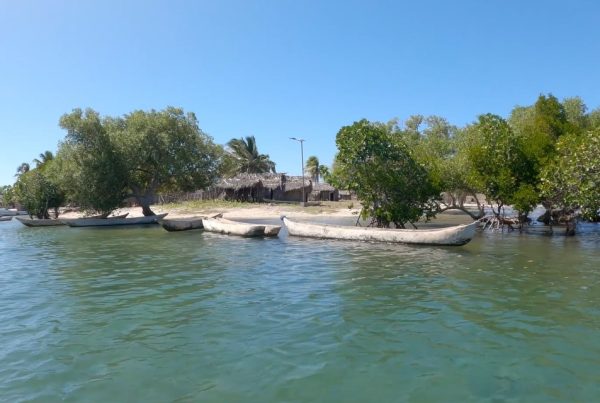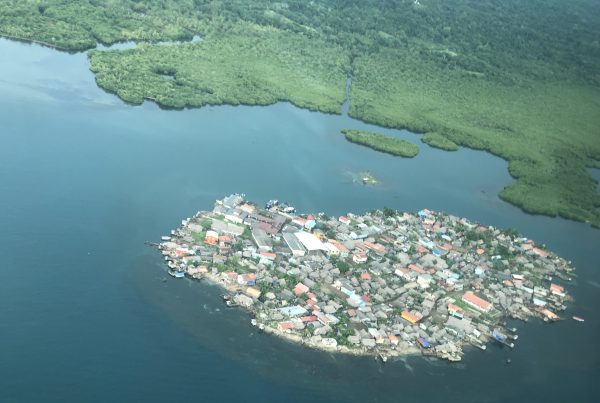Protecting forests and food resources from degradation due to land use change is an important issue in Kapuas Hulu district, West Kalimantan. Although it is home to two big national parks (Danau Sentarum and Betung Kerihun National Parks), at least five oil palm plantation companies are active in the area. Due to oil palm expansion, the area has lost several significant ecosystems such as forest, river or lake ecosystems. These ecosystems are customarily managed by indigenous peoples (Dayak) or Malay descendants that have lived in the area for centuries.
Seberuang sub-district has the biggest intact forest in the area (some of it protected) and is therefore key to preventing further degradation from oil palm plantations, which are growing significantly in this district.
Alongside three neighbouring villages, Bati village has rejected plans for oil palm expansion in the area. The villagers heard about an oil palm company seeking a survey permit in their area. Concerned that this would threaten forests vital to them, the communities found themselves in a race against time to prevent the oil palm expansion. In March 2015, letters were sent to the District Head (Bupati) of Kapuas Hulu rejecting the proposed expansion plan. As a young man from Bati village explained:
“We have seen the impacts of oil palm in neighbouring areas that are devastating. We are concerned that our culture will disappear with the arrival of oil palm plantations.”
Dayak communities in other parts of Kapuas Hulu have already been affected by oil palm expansion. Since the start of the operation of Golden Agri Resources’ (GAR) subsidiary PT KPC in 2007, unclear processes of land acquisition and non-compliance with social and environmental standards have caused protests and demonstrations and resulted in major rifts in almost all the affected communities. Following an international campaign, GAR developed a Forest Conservation Policy related to the zoning of High Carbon Stocks (HCS) forests as a tool to achieve “zero deforestation” in palm oil production. The site of PT KPC’s operations was selected as a pilot area.
Several of the affected communities undertook participatory mapping exercises and action research to develop community land use plans. This allowed them to identify how much land each family will need to sustain their ways of life, and to take an informed decision on whether to lease or sell their land for oil palm development. As the head of custom of the hamlet of Kenabak Hulu said:
“We need to explain where our customary lands and forests are, which are ours, because of certain conditions and events of the past. For example sacred sites and untouchable areas are guarded by us and we make the decision to look after such areas collectively and make them a sacred site. When we do this we also invite the neighbouring villages to witness the agreement and make the area a customary forest. This is because it is not just our own beliefs [that matter] but these need to be transferred with our traditional knowledge and culture to the coming generations. This is how we came up with an agreement about which areas should not be used commercially or cultivated”[footnote]Colchester, M., Jiwan, N. & Kleden, E. Independent review of the social impacts of Golden Agri Resources’ Forest Conservation Policy in Kapuas Hulu District, Wests Kalimantan. (2014). at <http://www.forestpeoples.org/sites/fpp/files/publication/2014/01/pt-kpc-report-january-2014final.pdf>[/footnote]
Several villages rejected the proposed palm oil expansion plans (including Kenabak Hulu) and the lands of these communities were excised from the concession area. Because of this as much as 90 per cent of the HCS forests identified in GAR’s provisional concession ended up outside the company’s permit and jurisdiction. The communities emphasised that it has been they who have maintained these forests up to now and who value them and can look after them in the future. Nevertheless, their customary rights to these lands are still not recognised by district and national governments.
Les traductions en français et en espagnol seront disponibles d’ici la fin du mois de mars 2022.
Las traducciones al francés y al español estarán disponibles a finales de marzo de 2022.


